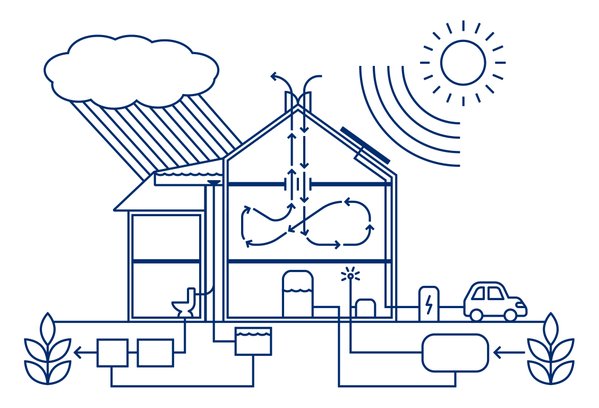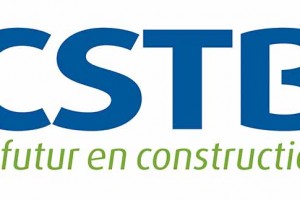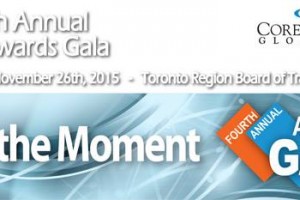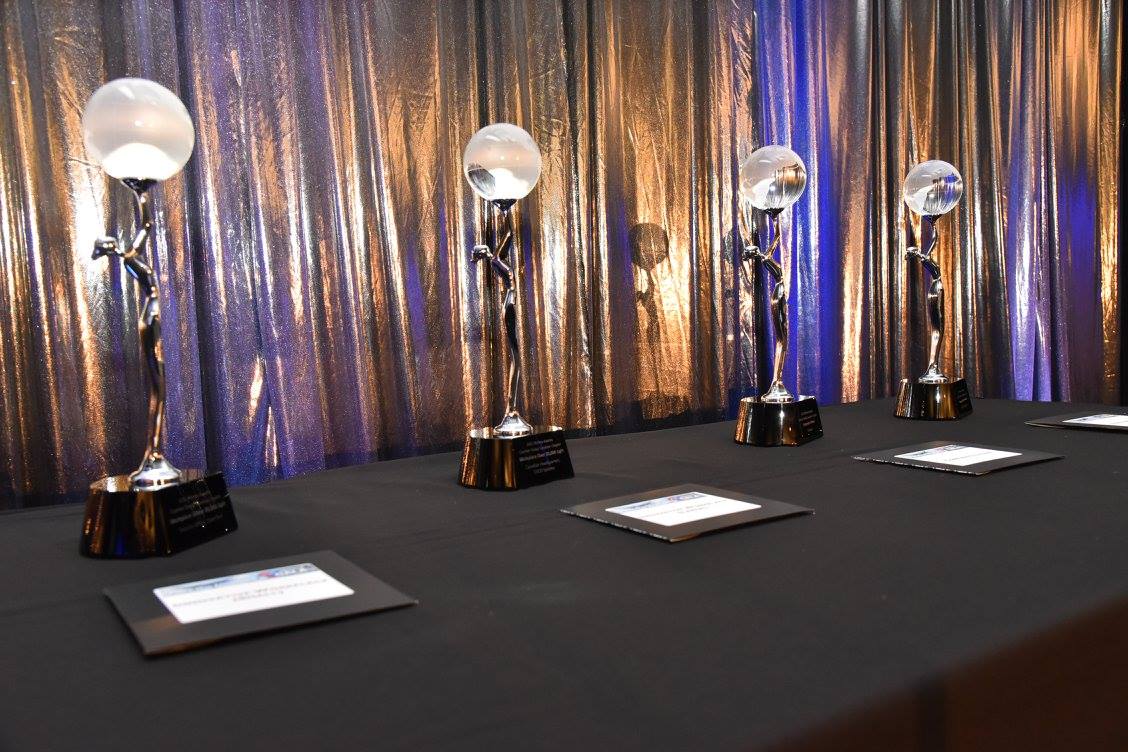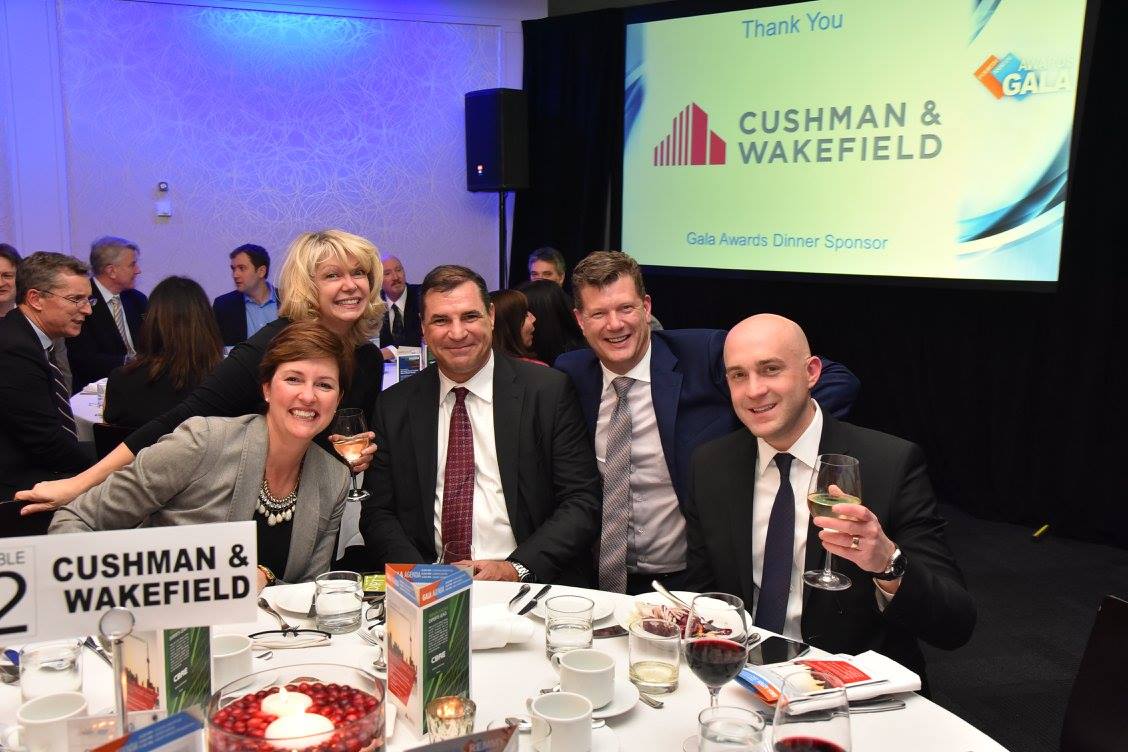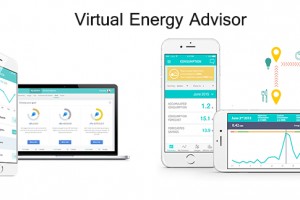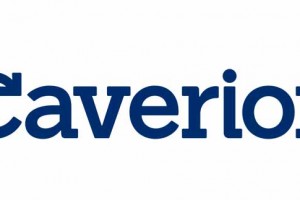
Energy In Time Year Roundup – CAVERION
Energy In Time consortium partners highlight their main achievements in 2015 and tell us about their prospects in 2016.
Jukka Heino:
Caverion’s year 2015 in the Energy in Time project was versatile. From the work package 4, the task 4.1 Continuous commissioning methodology began to be on finish line. As a task leader Caverion was pleased to see good progress on that task. The final deliverable 4.4 was returned on summer. Major work load was put also to energy audits of the Sanomatalo and Levi in the task 7.1 which were finalized during summer. Towards the end of the year the need of installations of the Finnish demo sites, Sanomatalo and Levi, were studied. In Sanomatalo the installations started in December. In those installations there were installed multiple electrical meters and energy meters in the pilot area. Other smaller activities, like Data in demos in Sanomatalo were done in May and the survey of the HVAC maintenance were done in December. Also the data transfer via OPC connections needed attention through the year.
At the beginning of the 2016 the installations in Sanomatalo will continue. Also the survey of the need of installations in Levi continues and probably installations to Levi will start early in 2016. The Energy in Time M30 meeting will be held in Levi in April of 2016. Caverion is responsible to organize this meeting and will happily present the Finnish Lapland to other partners. The main object for Caverion in 2016 is to have good start on the task 7.3 Monitoring and performance evaluation. This is important task of the whole Energy in Time project. Caverion will start planning this task early in spring, the actual task starts in July.











